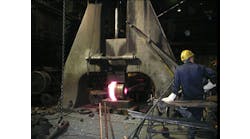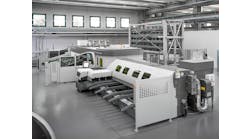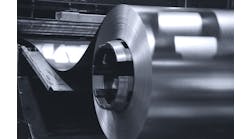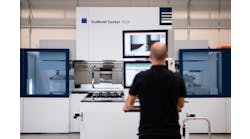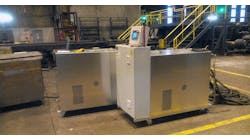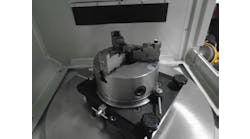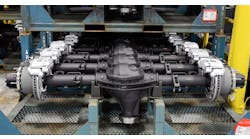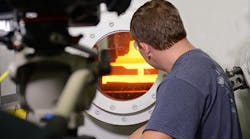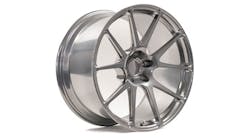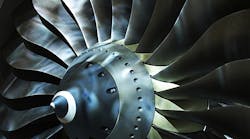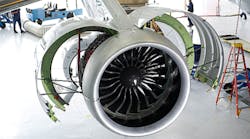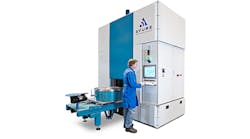Jet engine builder Pratt & Whitney plans to invest approximately $386 million in a series of projects at its manufacturing complex in Columbus, GA, including a new isothermal forging press to produce turbine disks and compressor rotors.
The complex, about 90 miles south of Atlanta includes the Columbus Engine Center, which performs maintenance on PW1100G-JM, V2500, PW2000, F117, and F100 turbofan jet engines; and Columbus Forge, which produces compressor airfoils and nickel and titanium forgings. Those parts are finish-machined for installation as rotating parts for military and commercial engines.
P&W estimated the entire investment would result in 500 new full-time positions at the Columbus complex. Its announcement also included news of an expanded relationship with Columbus Technical College, to provide four- to nine-week programs focused on aerospace mechanics and advanced manufacturing technologies, for new and existing employees.
The first part of the capital investment involves a new, 200,000-sq.ft. building that will house geared turbofan (GTF) engine overhaul activities.
The forging project calls for a new, 20,000-sq.ft. plant with related infrastructure. Pratt & Whitney did not detail the cost of this effort, nor indicate any of its equipment selections, though the isothermal forging process usually involves an integrated system for heating dies and workpieces and forming parts under a gas atmosphere or vacuum.
In isothermal forging, the dies and the workpiece are heated to the same temperature so that the forming process can take place without loss of temperature. An important benefit of the process is that the operating force needed to shape parts remains low, which is necessary when forming critical alloys (e.g., titanium aluminides) with fine-grain structures.

